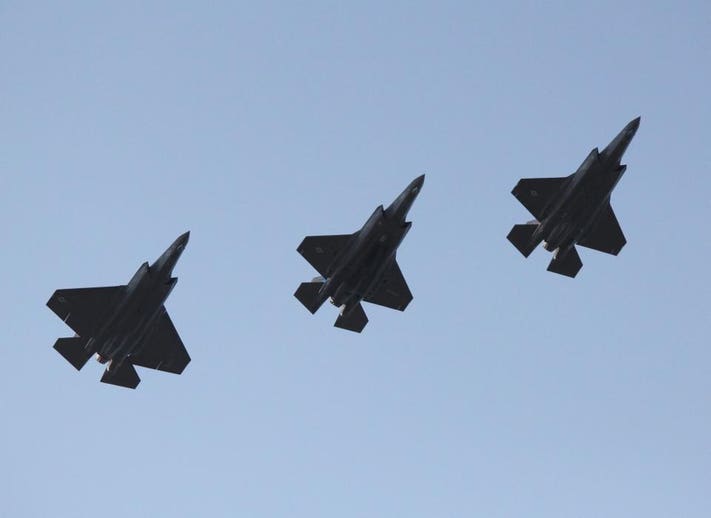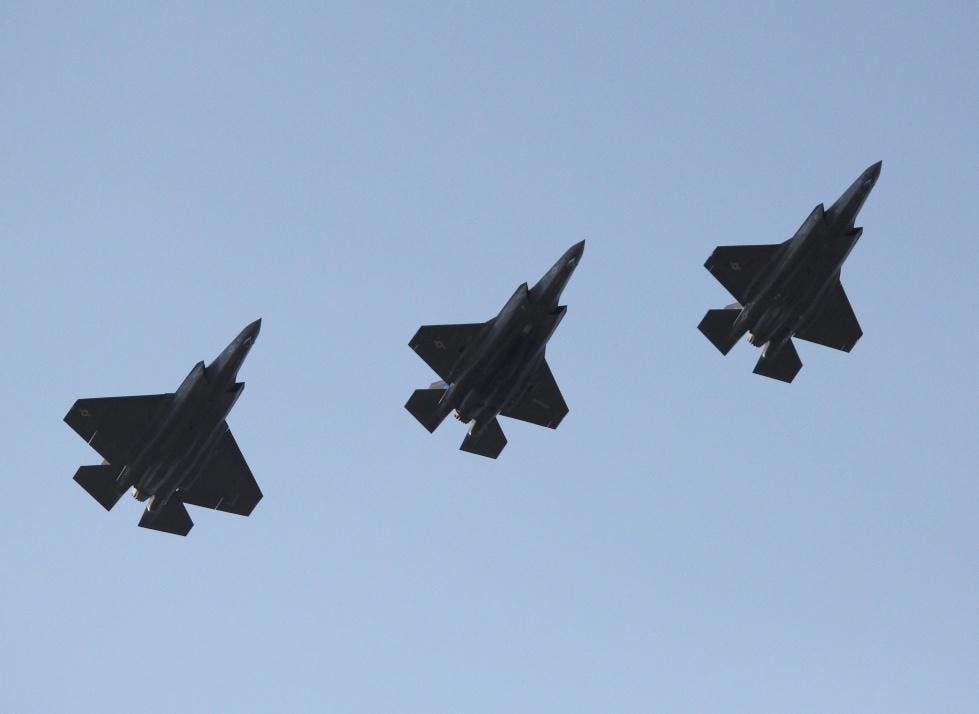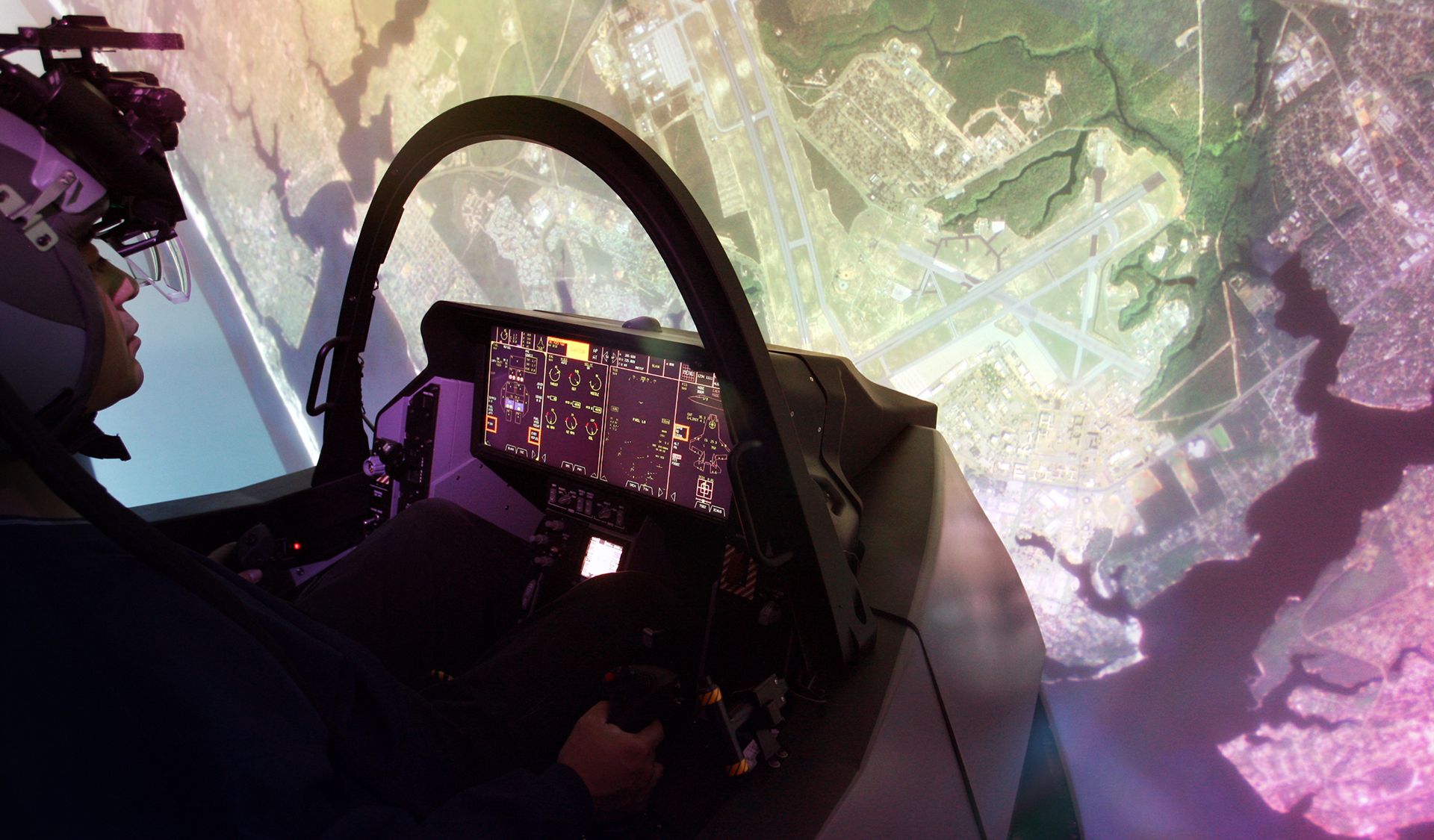In one year, the F-35s lost an average of almost 7 hours of flight time per month:
Between
https://www.f35.com/content/dam/lockheed-martin/aero/f35/documents/F-35 Program Fast Facts - August 2021.pdf
428,000 hours, 627 F-25s and 238,000 sorties by early August 2021
and
https://www.f35.com/content/dam/lockheed-martin/aero/f35/documents/F35 Fast Facts August 2022.pdf
550,000 hours, 825 F-35 and 323,000 out by early August 2022
There are 10,000 hours per month for an average of 720 F-35s or 13 hours per month per F-35.
What is most astonishing is that the F-35s had done 310,000 hours by August 2020. But with an average of almost 600 fighters between August 2020 and August 2021. 120000/600 = 20 hours per fighter
In other words, in order to average 10,000 flight hours per month over a year, 600 aircraft were needed between August 2020 and August 2021. Between August 2021 and August 2022 to make the same 10000 hours of flight on average on one year per month it is necessary 720 F-35. ANd the tendancy is not good because only 120000 hours are to be donne in 2022 with 850 F-35 in average.
I think it is very likely that the 100 (the famous 108 we talked about 4 years ago) older ones will not fly anymore, not even for training. As a reminder, the USAF had asked in 2017 if these Block2i should be updated or reformed. They may have been upgraded to Block 3F, but they were certainly reformed.
But it gets better. It's been 8 months in a row that the total of existing f-35s can't produce more than 10000 flight hours in any month.
April: https://www.f35.com/content/dam/lockheed-martin/aero/f35/documents/22-00002_A F35FastFactsSpecial04_2022.pdf
May: https://www.f35.com/content/dam/lockheed-martin/aero/f35/documents/F-35 Program Lightning II Fast Facts - May 2022.pdf
June: https://www.f35.com/content/dam/lockheed-martin/aero/f35/documents/F-35_Fast_Facts_06_2022.pdf
July: https://www.f35.com/content/dam/lockheed-martin/aero/f35/documents/F35FastFacts07_2022_V2.pdf
In 2020, with 600 aircraft, the F-35s have flown 115,000 hours, or 192 hours per aircraft, instead of 240 in 2019, and in 2021, with 700 aircraft, they have flown another 115,000 hours, or 164 hours per aircraft, instead of 192.
And for the last 8 months we are at 80,000 hours for 800 aircraft, i.e. 150 hours/year. It's getting worse and worse.
Between
https://www.f35.com/content/dam/lockheed-martin/aero/f35/documents/F-35 Program Fast Facts - August 2021.pdf
428,000 hours, 627 F-25s and 238,000 sorties by early August 2021
and
https://www.f35.com/content/dam/lockheed-martin/aero/f35/documents/F35 Fast Facts August 2022.pdf
550,000 hours, 825 F-35 and 323,000 out by early August 2022
There are 10,000 hours per month for an average of 720 F-35s or 13 hours per month per F-35.
What is most astonishing is that the F-35s had done 310,000 hours by August 2020. But with an average of almost 600 fighters between August 2020 and August 2021. 120000/600 = 20 hours per fighter
In other words, in order to average 10,000 flight hours per month over a year, 600 aircraft were needed between August 2020 and August 2021. Between August 2021 and August 2022 to make the same 10000 hours of flight on average on one year per month it is necessary 720 F-35. ANd the tendancy is not good because only 120000 hours are to be donne in 2022 with 850 F-35 in average.
I think it is very likely that the 100 (the famous 108 we talked about 4 years ago) older ones will not fly anymore, not even for training. As a reminder, the USAF had asked in 2017 if these Block2i should be updated or reformed. They may have been upgraded to Block 3F, but they were certainly reformed.
But it gets better. It's been 8 months in a row that the total of existing f-35s can't produce more than 10000 flight hours in any month.
April: https://www.f35.com/content/dam/lockheed-martin/aero/f35/documents/22-00002_A F35FastFactsSpecial04_2022.pdf
May: https://www.f35.com/content/dam/lockheed-martin/aero/f35/documents/F-35 Program Lightning II Fast Facts - May 2022.pdf
June: https://www.f35.com/content/dam/lockheed-martin/aero/f35/documents/F-35_Fast_Facts_06_2022.pdf
July: https://www.f35.com/content/dam/lockheed-martin/aero/f35/documents/F35FastFacts07_2022_V2.pdf
In 2020, with 600 aircraft, the F-35s have flown 115,000 hours, or 192 hours per aircraft, instead of 240 in 2019, and in 2021, with 700 aircraft, they have flown another 115,000 hours, or 164 hours per aircraft, instead of 192.
And for the last 8 months we are at 80,000 hours for 800 aircraft, i.e. 150 hours/year. It's getting worse and worse.




